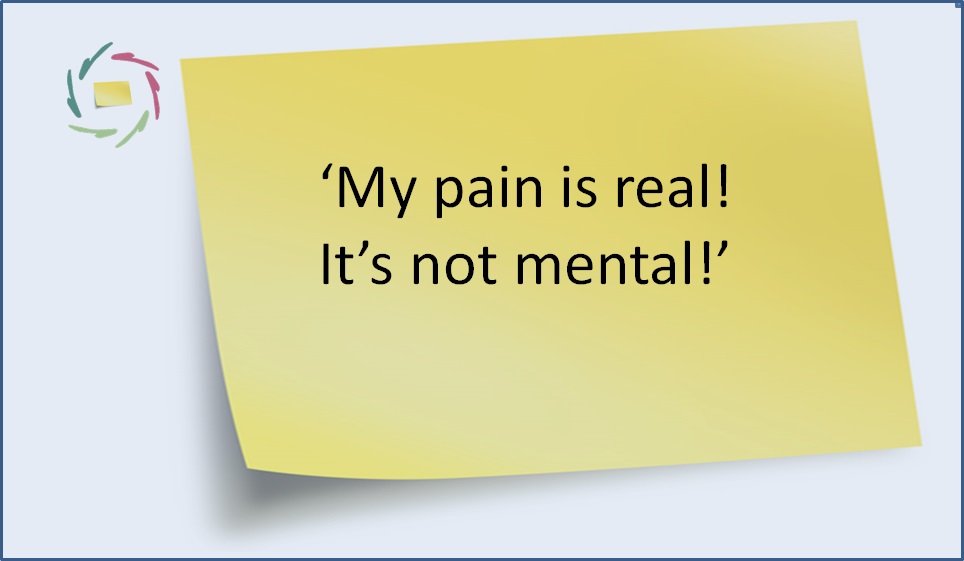Patterns towards Health and Healing

Mental patterns are crucial in understanding how the mind influences mental and physical health.
Let’s suppose, dear reader, that we have both fully digested ‘mind = body.’ [see: “‘Mind = Body’ Breakthrough“]
Patterns everywhere
How the mind/brain works can be regarded as an immense process of pattern recognition and completion in many ways, many domains, and at many levels. These patterns can be considered as neuronal and mental at the same time. [see: “Your Mind-Brain, a Giant Pattern Recognizer“]
Patterns are not stuffed into a ‘mental database.’ They are not even passively stored in any way. They are potential co-operations of many subconceptual elements (neurons, synapses) with mutual excitatory influences while being inhibitory towards other mental patterns within the same mind/brain. That is, for instance, why it’s challenging to make sense of this ‘cube’ in the picture. The patterns in your mind/brain expect something the image contradicts. It cannot be, yet you see… what?

Ceci n’est pas un cube.
Many patterns remain non-conscious.
This is fortunate since, at any one moment, many patterns are enacted in the brain. Having them all in conscious awareness would be completely overwhelming. Mind the cube ― not too much.
Consciousness is rather apt for clear conceptual thinking. Many patterns in non-consciousness are not compatible with others. They play a massive game and try not to end in chaos.
A game in-depth
There are simple patterns and deep patterns and even deeper patterns. The very deep also tend to be broad. Together, they constitute what may be called a personality. They are not easily accessible from consciousness, yet their influence upon the total-person is substantial.
Less deep patterns may be more malleable. They influence and are influenced continually by each other and by what you as their ‘owner’ experience in everyday life, including in therapy.
A game towards health or illness
Patterns are not necessarily health-provoking. For instance, patterns acquired early in life may result from experiences – and one’s efforts to cope – with a problematic parent figure. Having had the same experience many times may make the pattern quite engrained.
Other experiences later in life may have been placed in the inner pattern-landscape in congruence with the prior ones. This way, these got even more embedded even while being incongruent with health-seeking ones.
You can see tensions arise between different patterns that non-consciously may strive towards getting activated and realized in distinct ways. These are felt as what is called stress. You want, and you don’t want. Something has meaning to you and also something else that is incompatible. [see: “Not Stress but Meaning is a Cause of Disease.“]
To the body
We know that the brain influences the body in a myriad of ways. This way, the normal physiologic functioning reacts to even small changes in what the environment means to us. For instance, pupil diameter, pulse, and skin conductance are continually changing.
In the same way, mind/brain patterns can also lead to illness, especially if they get into a groove with other factors. I like to use for this the metaphor of a whirlpool. [see: “Whirlpool of Disease“]
This is also a way one may comprehend therapy.
Therapy can then generally be understood as a way to get out of a negative whirlpool and into a state of cooperation between mental patterns that leads to more congruence and a higher chance of a mental landscape that further leads to health and Inner Strength, the final goal of AURELIS.
Less suffering, more growth.
It is also the final goal of any Compassionate endeavor, being Compassion itself. [see: “Only Compassion Works“]


